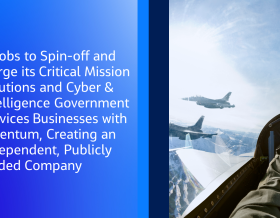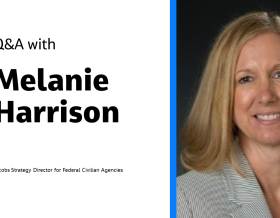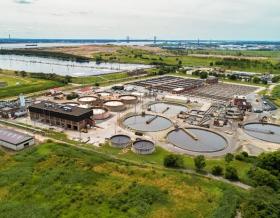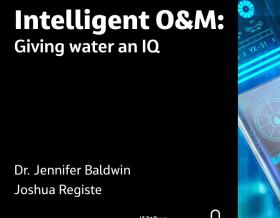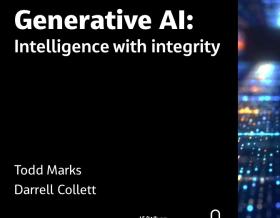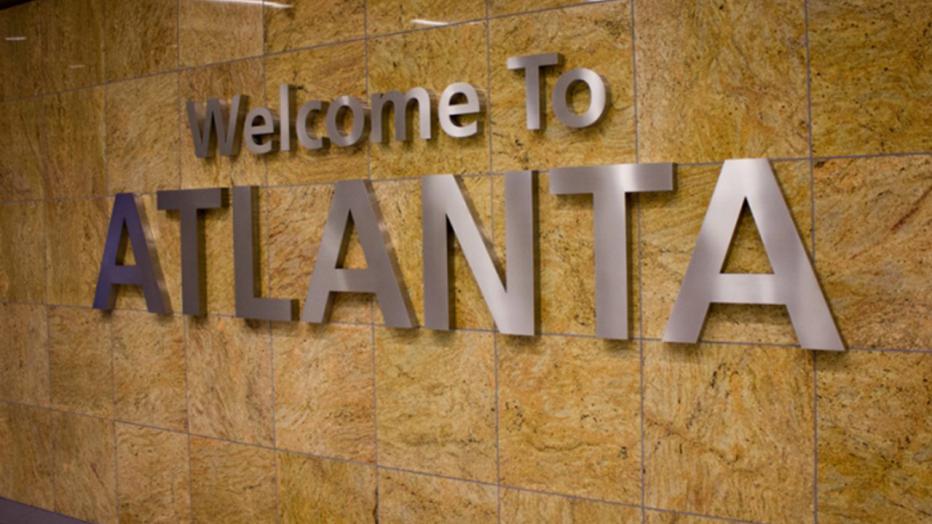
Every day across the U.S., the Federal Aviation Administration’s Air Traffic Organization supports more than 44,000 flights and 2.7 million passengers. That means more than 2.7 million individual pretzel packets and soft drinks are consumed above 30,000 feet in the air in a day. But the popular airline snacks aren’t the only things that contribute to the overall passenger experience.
Numerous assets and processes go into achieving safe, comfortable traveler experiences in our airports. To cater to the needs of travelers, including the annual increase in passenger traffic, airport facilities must deliver services that meet customer expectations while minimizing asset performance disruptions. Unfortunately, managing things like the facility, personnel, operational assets, process efficiency and more can be a time-consuming, costly and daunting task.
Did you know we helped the world’s busiest and most efficient airport manage its assets and processes to achieve positive travel experiences for more than 107 million passengers? Read on to find out how…
Forming a productive partnership
In 2010, Atlanta Airlines Terminal Company, LLC (AATC) hired Jacobs to assist in ensuring a safe, superb experience for the then 240,000 passengers traveling daily through Hartsfield-Jackson Atlanta International Airport (ATL). Jacobs serves as AATC’s facilities management service provider, performing facility maintenance services, including repair, maintenance and operations of mechanical, electrical, plumbing, passenger ramps repairs and related systems for the airport. Service areas encompass 7.2 million square feet of the airport’s Central Passenger Terminal Complex, including 1.20-million-square-foot Maynard H. Jackson International Terminal, domestic concourses, central utility plants, people-mover plane train tunnel, transportation mall and ground support equipment buildings.
We were selected based on demonstrated expertise, depth of maintenance and operations and airport technical resources and a strong sense of trust. Over the years, the project has secured the necessary resources to drive AATC’s rigorous repair, maintenance and operations expectations for the airport’s systems and equipment.
The process is the key: Best practices drive positive passenger experience
In the competitive aviation industry, doing things right the first time can mean the difference between smooth traveling and frustrating gridlock. So, in 2010, Jacobs and AATC sought ways to maximize customer satisfaction. The team pursued the ISO 9001:2008, the International Organization for Standardization certification that specifies requirements for a quality management system (QMS).
AATC pursued the standard to demonstrate their ability to consistently deliver products and services that met customer and regulatory requirements. The project’s QMS was first certified in July 2013. The team immediately moved to realign its 2008 certified QMS to the more rigorous 2015 standard, which is better aligned to the project’s service delivery and risk-based thinking culture, as soon as it was released. The QMS was recertified for an additional three years under the current standard in July 2019.
Documenting and standardizing business processes via an ISO 9001-compliant QMS helps operators focus on efficiency and safety, make effective improvements, track and apply best practices, and manage costs. And solid business practices inform and advance asset management – another core component of Jacobs and AATC’s success.
But the pursuit of service delivery excellence doesn’t stop there…
The confidence in its QMS contributed to our successful support to AATC in their more recent pursuit of the prestigious ISO 55001:2014 asset management system certification. AATC pursued improvements to its asset management practices to better manage the challenges of its assets, and since ISO 55001:2014 was the first global standard for asset management systems, it was selected as the benchmark for this work.
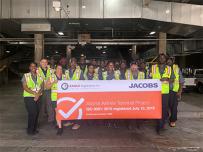
The ISO 55001:2014 was designed by the International Organization for Standardization to help organizations effectively manage infrastructure assets and optimize their value and performance. By implementing ISO 55001, we’d have better control over daily activities, achieve a higher return with their assets and reduce the total cost of risk.
With our assistance, AATC improved its asset management system for managing the facility’s systems, processes and procedures. The asset management system now establishes a structured, best practice approach to manage the lifecycle of assets with risk-based information-driven planning and decision-making. This enables AATC to deliver world-class facility services and maintain ATL’s reputation as one of the world’s best-maintained passenger terminal complexes.
Achieving high-quality outcomes
Out of 206 airports, ATL has earned the title of most efficient airport for 15 years straight by the Airport Transport Research Society. With over 107 million passengers annually, this is an impressive achievement. The airport’s reputation positively reflects on the diligent work Jacobs and AATC have done to implement best practices and commit to international standards of excellence.
This steady growth reflects AATC’s continued confidence in Jacobs and trust and commitment to the partnership.
Interested in learning more about how Jacobs transforms intangible ideas into intelligent solutions for a more connected, sustainable world? Visit www.jacobs.com/what-if. You can also join Jacobs thought leaders at this week’s International Facility Management Association’s World Workplace event. Jacobs’ Casey Martin will speak on a panel this Friday at 10:30 a.m. in Room N131 A/B, giving an update on ISO 41000 and how these facility management standards will make a difference to you, your organizations and the industry.

